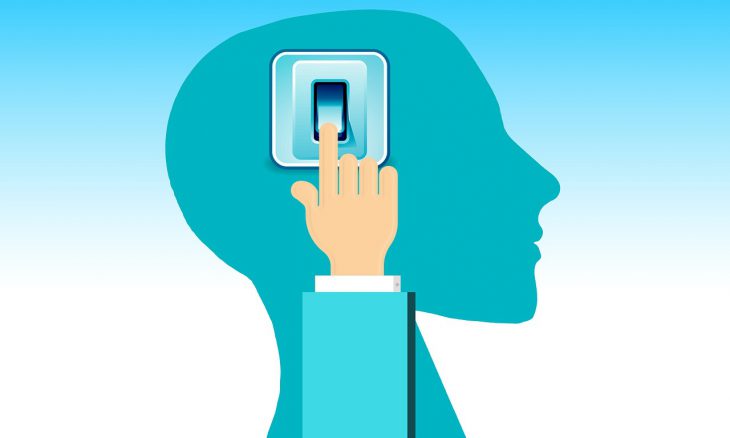While CRM systems have been around for many years, in my experience, among the companies who invest in them, only a few have grasped their true purpose. For a business or a brand to “wrap its head around” the idea of an ongoing conversation with the customer, we are best served by taking a closer look at the role of the brand in experience management and contact management.
As Content Marketing continues to develop, much has been written about the role of experiences, memories, and emotion as driving forces in conversion, and most importantly, in customer loyalty. One post went on to suggest that we’re witnessing a shift in determining what truly makes us happy and expressing it in our behavior. That shift is most easily observed in generational attitudes; the younger generations are placing more value on experiences over stuff. We are discounting: the acquisition of things like houses, cars, clothes, and yes, even tech hardware like iPhones is giving way to a preference generating lasting memories of things we’ve done or seen or felt. Something we experience helps us look forward to some event or relationship. And while a change in the choices we make with brands might scare some, the search for something real and lasting can’t be ignored by marketers. These choices lead to moments, many of which are made unconsciously with brands.
Researchers at a Silicon Valley area university were polled in regards to Gens X and Y, revealing that after buying whatever their heart desired, participants responded that spending their money on an experience or on a person you experience it with would add to their quality of life for a more sustained period of time. The paradigm shift comes when the era of Social Media gives them the platform to share those experiences. I would argue that the surprise and delight delivered by positive brand experiences matters much more than purely the acquisition of what the brand makes.
Of course, we do and should reward ourselves for accomplishments, or upon good fortune. Sometimes that takes the form of a thing we buy. But when brands can communicate more of their “why” in the form of an experience, the effects can be memorable. When brands allow experiences to strengthen and confirm the wisdom of choosing them, they are communicating on an emotional level. In fact, emotions drive nearly everything we do.
Looking at the customer experience, much is emotion driven. We can research and shop for months, but when we are in that moment, we make an emotional decision. And what about loyalty? What makes us loyal? It’s the emotional connection with whom we are loyal to. Marketers all too often look at the “what”, instead of the “how” or even better, the “why.” A great customer experience goes beyond rationale and product features. We need the entire buyers journey or purchase funnel to achieve it.
For a brand to resonate and compete for the hearts and minds of consumers who, for example, prefer going places to buying and storing things, learning new insights into emotional response is part of codifying brand values. Emotion plays into one’s memories of experience and with whom.
So, in considering the role of emotion in marketing/branding, we need to consider the consumer holistically. Rationale and logic do indeed contribute to our decision making, but as Forrester Research stressed recently during their Customer Experience Forum in NYC, “customer experience doesn’t drive behavior that expands a brand, loyalty does.” Content delivered through the entire buyer/ownership journey is as much about creating emotional experience and advocacy in the form of loyalty as it is about acquisition. When designing customer experiences, we could begin with something like an experience map. While big data is now a primary catalyst for examining customer behavior, it still depends on compilation. More direct sources like call center logs, personas, one-on-one interviews, comments on our blog, the social web, and real life conversations can help gain insight to start. Then, we could apply some known behavioral tenants. For example:
- People are more sensitive to avoiding negative experiences over investing in positive ones.
- Experiential context must be accounted for when considering the consumer’s state of mind.
- We tend to be revisionist and selective in our memories, so “moments” do matter.
Brands need to continually create relevant strategies, refine or reinvent company culture, develop new technologies, and re-examine brand values if they are to thrive.
Additionally, an internal perspective could be applied to employee experiences to support this effort. “C” Suite decisions could and should shift from a strategy of what to do to how, when, and how much to do. Making the case for a Social Employee at every touchpoint is a recognition that people with customer contact (employees) are the new marketers because they directly impact our emotional response to a brand experience. They function best when they have the opportunity to be authentic and creative in driving positive and emotional experiences and outcomes.
We know that 14% of people polled trust conventional advertising. We know that 92% trust recommendations from people they know (have an emotional connection to). In fact, more people trust a brand’s employees than the CEO. Addressing the importance of emotion in brand experience will go a long way to converting that 92% to higher conversion rates and retention.




